A ‘Baishakhi’ rebellion against negativity
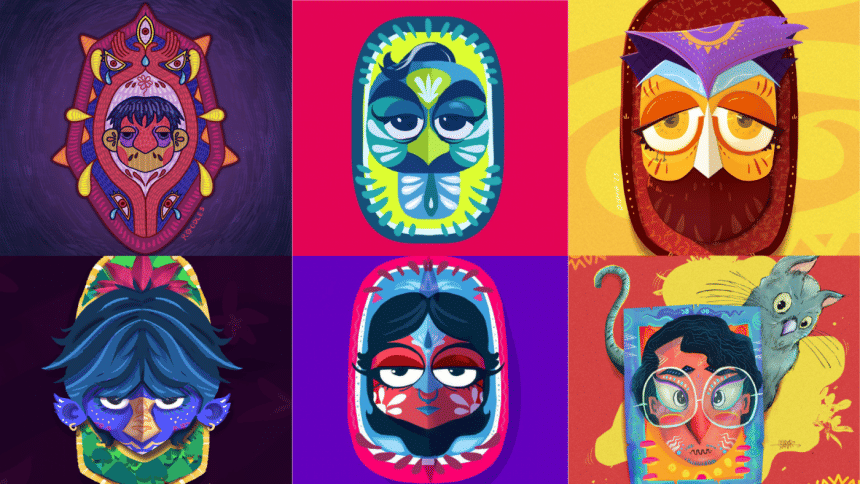
Esho He Baishakh, Esho Esho
Shubho Noboborsho. The new Bengali year has finally arrived and with it, a breeze of colours that take hold of the celebrations surrounding it. At its heart, Pahela Baishakh is a celebration of our identity as Bengalis.
Each year, on April 14, we all wake up, eat our panta bhat, put on our Punjabis, and head out into a celebration unlike any other. There are no prejudices in place, nor any form of discrimination when it comes to celebrating this occasion.
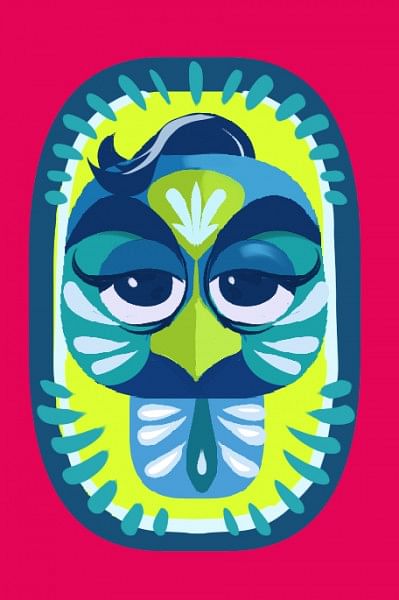
In the context of Bangladesh, the festival of Pahela Baishakh is doubly important, as we fought for our right to be Bengali and to speak in Bangla. Therefore, when a legal notice was sent opposing the celebrations of Mangal Shobhajatra, came together to protest that notice.
Mangal Shobhajatra is the largest secular festival that is celebrated by Bangalees. In 2016, it was inscribed on UNESCO's Representative List of 'Intangible Cultural Heritage of Humanity'. Despite this, certain individuals came forth to suppress this festival, citing that "showcasing various sculptures of birds, fish, and other creatures is offensive to the religious sentiments of the Muslim community."
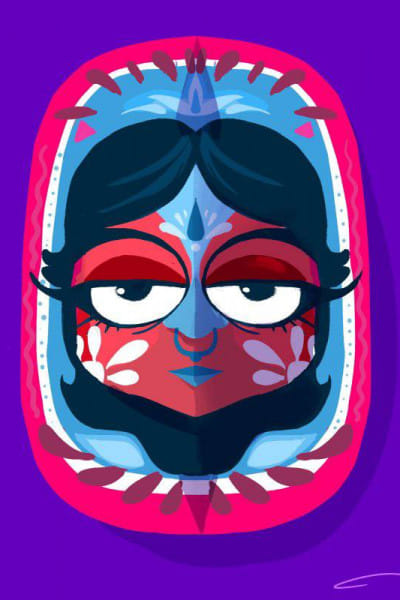
Speaking about this issue, Ramendu Majumdar had told The Daily Star, "I don't know who is behind this, but it has also happened in the past. Since the time of Pakistan, they have been trying to suppress the Bengali consciousness. Thankfully, we are protesting against this notice and this will continue to grow louder. I believe that this notice will have no, rather, more people will gather on this day than ever before. These attacks on Bangalee culture will not go very far."
Similarly, Chanchal Chowdhury had stated, "Pahela Baishakh doesn't belong to any religion. It's part of our Bengali culture and people from all classes and religions can take part in Mangal Shobhajatra. Anybody is free to participate in the 'Mangal Shobhajatra'. However, opposition to this festival is highly deplorable."
It wasn't only reel artistes who had spoken up or expressed their thoughts on the matter. Recently, art groups on Bangladeshi social media have been swept away by a creative art phenomenon. Lovingly dubbed as 'Into the Pecha-verse', the art endeavor has seen different artists of different mediums showcase the traditional masks of Mangal Shobhajatra, drawn in their own style. This surge comes after Mehedi Haque, popular artist and publisher of Dhaka Comics posted his own interpretation of the ever-famous and colourful Pecha mask.
His art was posted around the same time the legal notice regarding Mangal Shobhajatra was sent, inciting outrage among both regular and artist communities. Speaking to The Daily Star, Mehedi remarked, "I wouldn't call it politically inspired per se, but it is (art) indeed reflected in the timing. I used my art to showcase that I stand with the belief that Mangal Shobhajatra is an essential part of our culture."
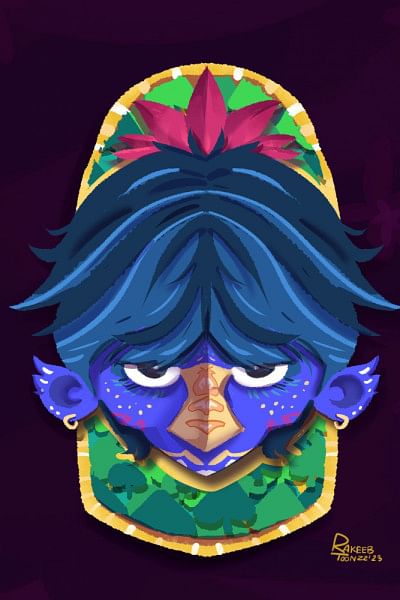
When asked about how he feels about his art creating a movement, political or not, he said, "Pecha-verse was entirely organic, people saw my art and liked it and they wanted to emulate their own. I absolutely loved seeing people come together, solely for the sake of it."
He also added, "Recently our process of creating art had become somewhat commercial, which is not the case for 'pecha-verse'. Artists came together solely to create art, for their own enjoyment which I think is the essence of it."
Lastly, to the question of why he chose an owl mask particularly, Mehedi mentioned, "Owls have always been considered auspicious in the olden days, back when we had a totem-based culture. Since our economy was largely agricultural, these birds would aid in protecting people's grains, eating pests."
Inadvertently, Mehedi Haque's art inspired a movement that created a wave in support of the disagreement against associating religious sentiments with cultural values. Along with every other person who aids in succession of the Shobhajatra, artists play the biggest role.
Students of the Institute of Fine Arts tire mercilessly for days, creating and painting the motifs and masks that grace the Shobhajatra. For decades these artists have been the ones to helped in bringing about the new, breaking out from the old; creating movements, and bringing about changes.

As you look at the pictures drawn by these artists, it is clear to see that despite their different styles, the colours and message all line up together to represent Pahela Baishakh and Mangal Shobhajatra. So, even in the absence of any political messaging behind the pecha-verse, it is clear to see that it is, if nothing else, a message of unity.

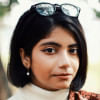
 For all latest news, follow The Daily Star's Google News channel.
For all latest news, follow The Daily Star's Google News channel. 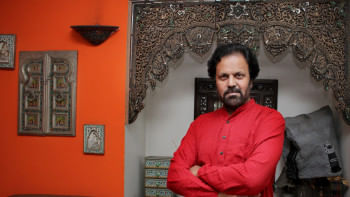




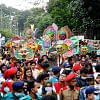

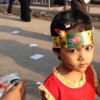


Comments